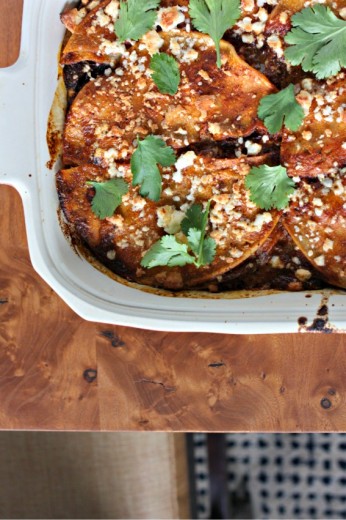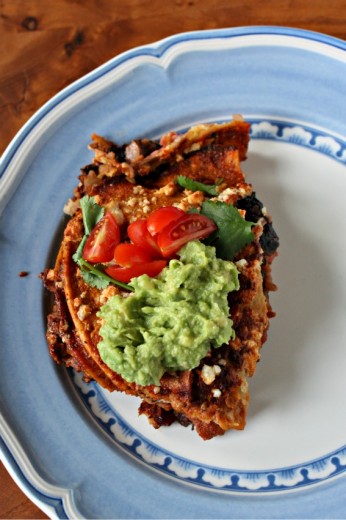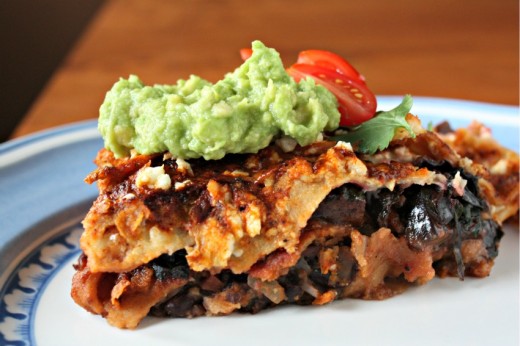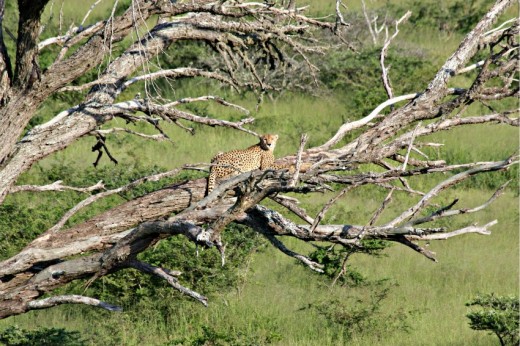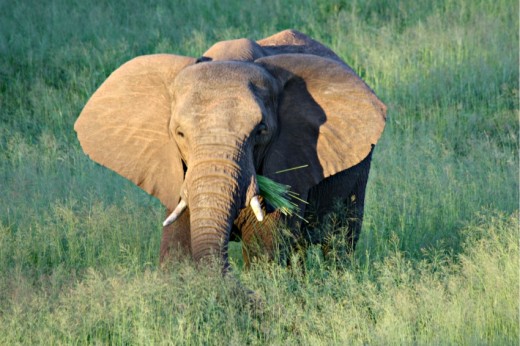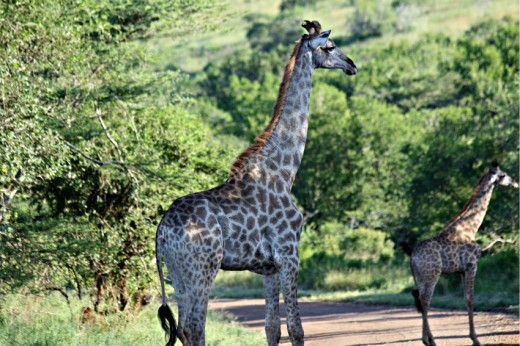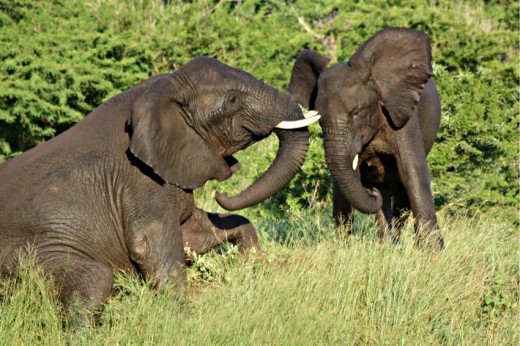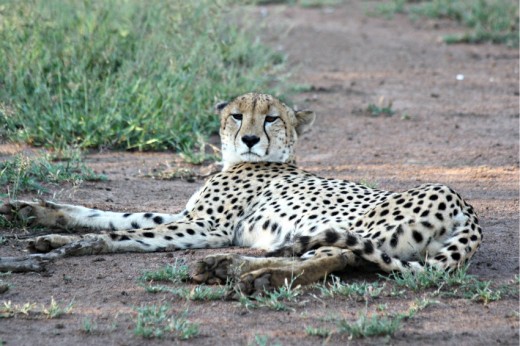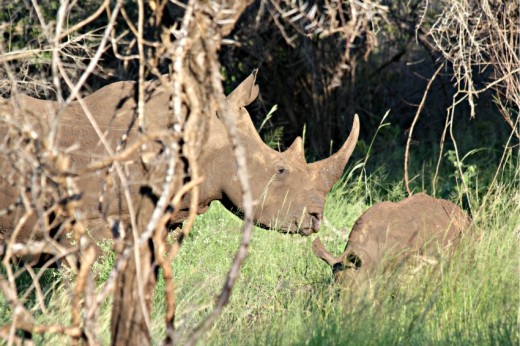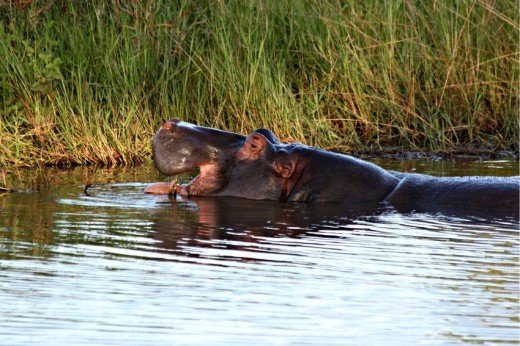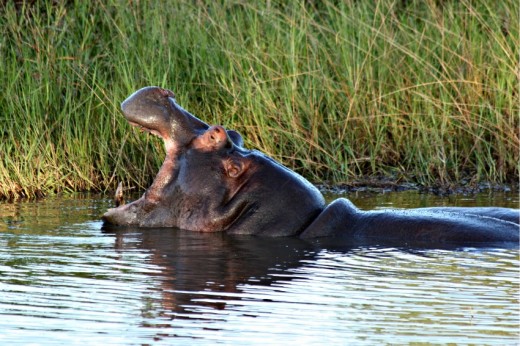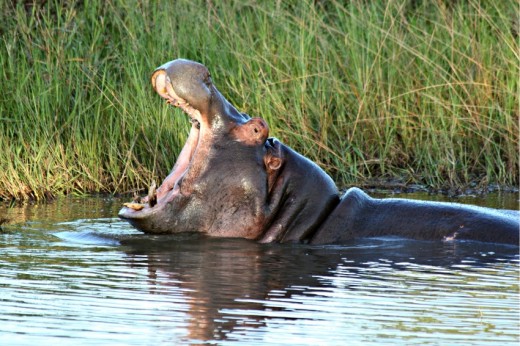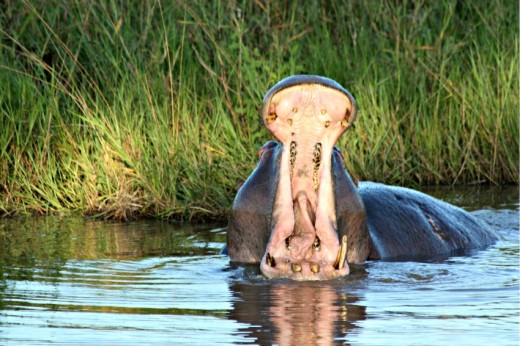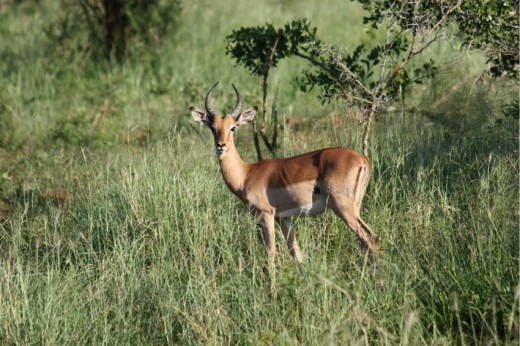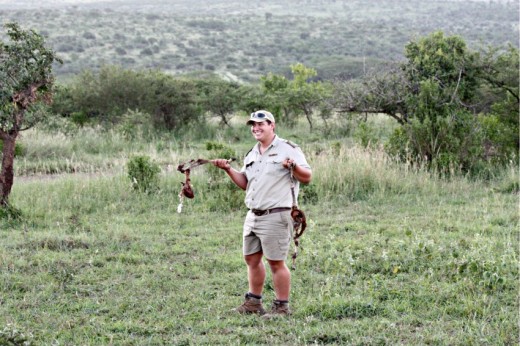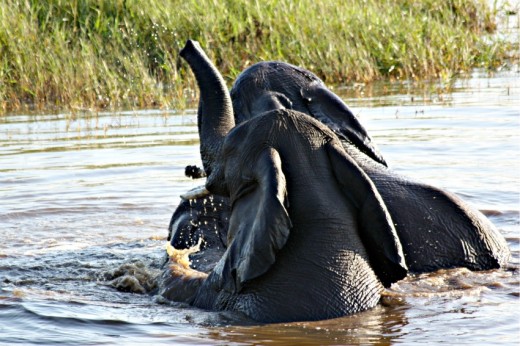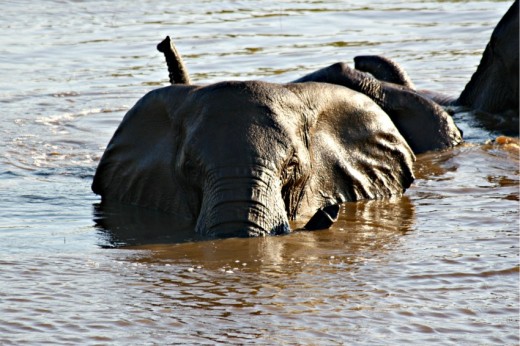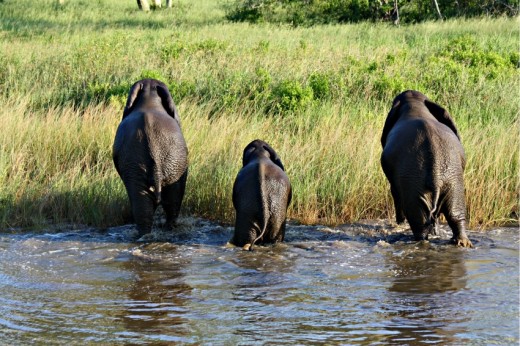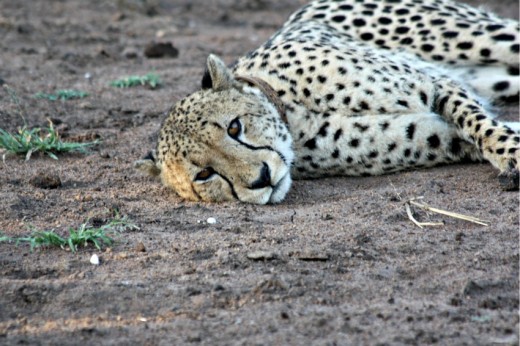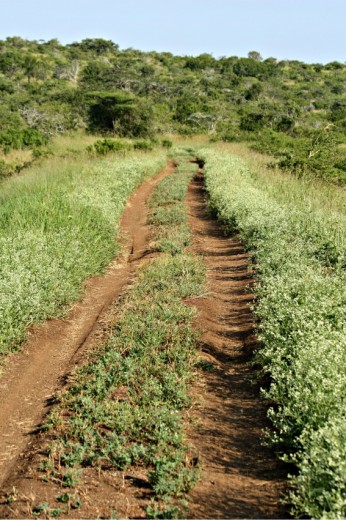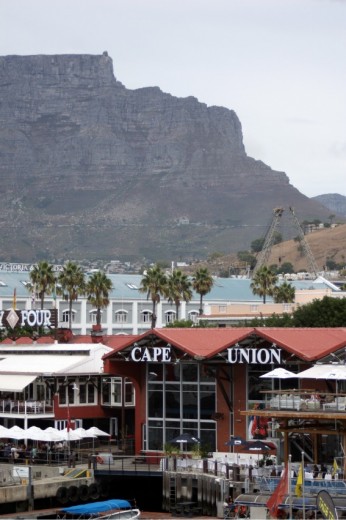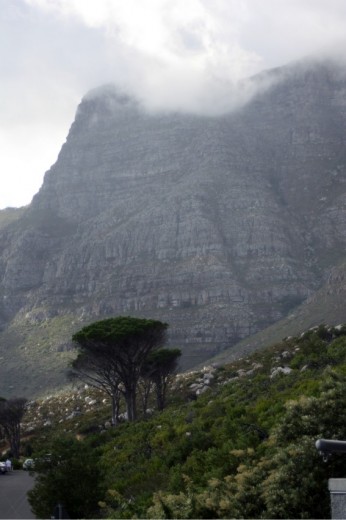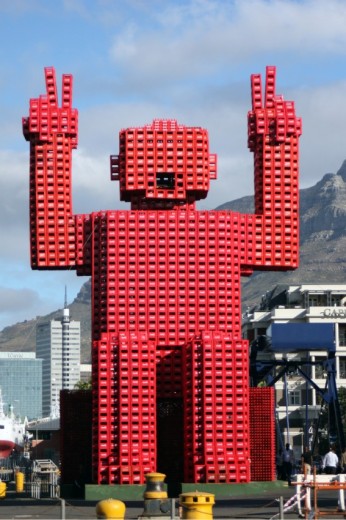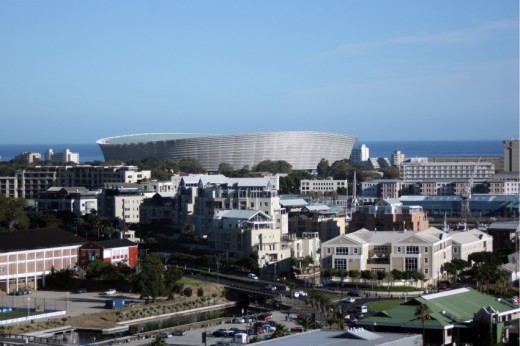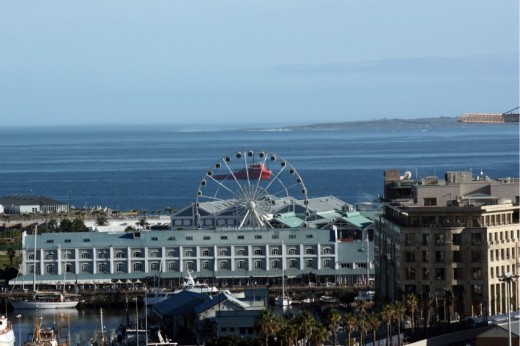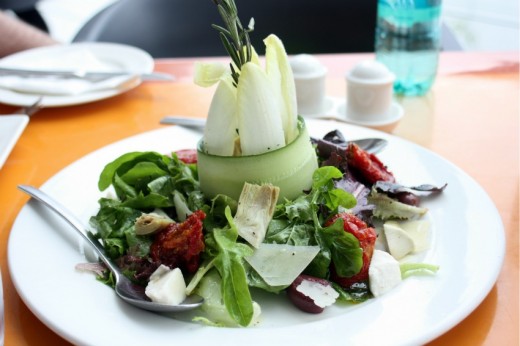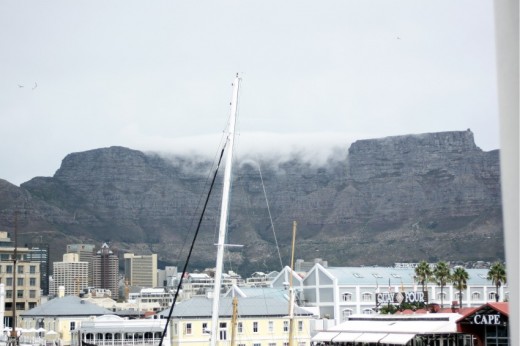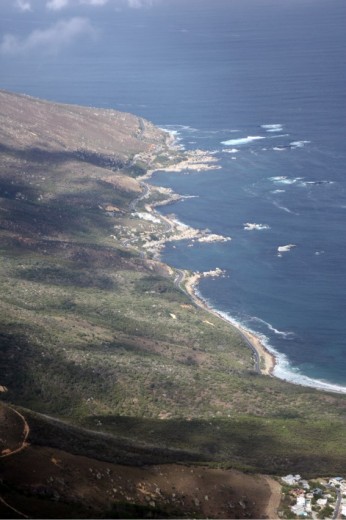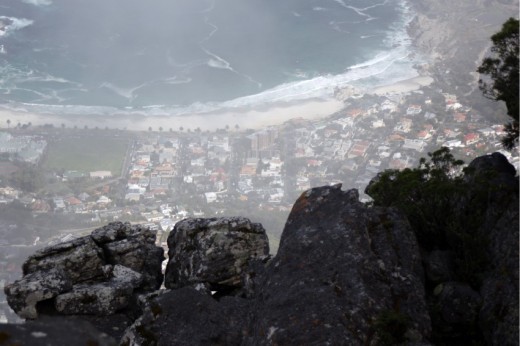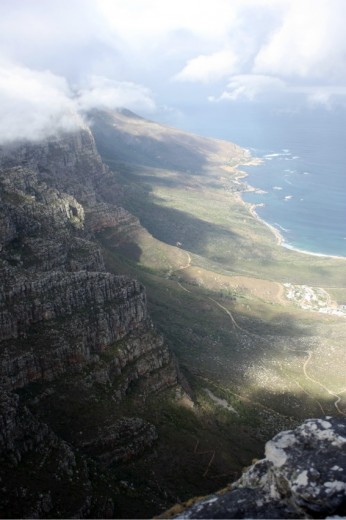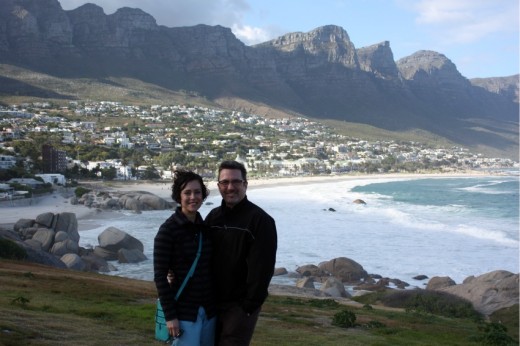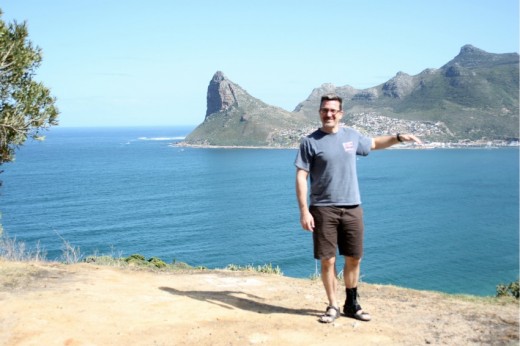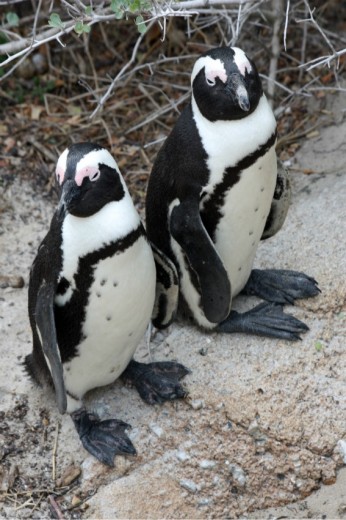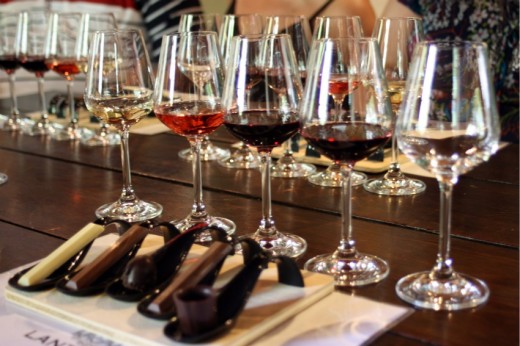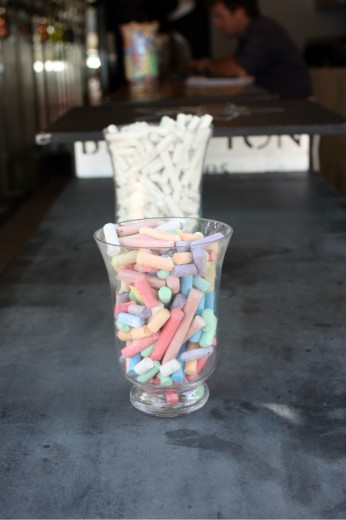If you have heard of the town of Walla Walla, it is probably for one of these reasons:
1) You read Tom Robbins’ Still Life with a Woodpecker in which he mentions that the Native Americans named the city and “walla” means water. He goes on to say, and I am paraphrasing here, that if that tribe had continued on to much wetter Seattle, we might have been called Walla Walla Walla Walla.
2) You grew up in Washington State.
3) You or someone you know went to Whitman College.
4) You are a wine drinker.
As a matter of fact, all four of these points apply to me. In all the years I have lived in Washington (lots) and all the years I have loved to drink wine (lots), I had never visited Walla Walla. It is in the southeastern corner of the state – about a four hour drive from Seattle and not really on the way to anywhere. But it is the wine capital of our state and in the past ten years, it has grown from a sleepy farm community with a small wine community and a terrific liberal arts college, to a true destination.
Back in February, the Walla Walla Wine Alliance sent me an invitation to take part in a promotion that they were doing called February Foodies. I could go to Walla Walla, stay in a nice hotel, go wine tasting, and choose from any number of wonderful restaurants to have my meals. Sadly, I couldn’t go because Randy was teaching skiing on Saturdays and I didn’t want to go by myself. They graciously offered to have me come at a time that did work and just a few weekends ago, my little family packed up the car, and set out on an adventure.
So many of our friends make annual trips to the region and we knew we were in for a treat. My parents now drive out of their way when they go to Sun Valley so they can stay at the lovely Marcus Whitman hotel and eat well in one of the many great restaurants in town. Now we understand why and we can’t wait to go back.
We loaded up our kids, along with plenty of snacks, some books on CD, and various video distractions and headed out on a Friday morning. We have traveled plenty with our children but have not taken a long road trip. We weren’t sure how they would do but they were terrific. We listened to music, to stories, sang songs, and carried on a continuing negotiation about the snacks. (My children seem to be capable of eating a tremendous amount when we travel.) I won’t say the 4+ hours flew by but they went much more quickly and pleasantly than we anticipated.
We had a whole itinerary planned for us with stops at three wineries, a goat cheese farm, and two dinners, but we couldn’t resist a stop at an additional winery. Randy and I have long loved the wines coming out of L’Ecole No. 41 – one of the original Walla Walla wineries. The tasting room is housed in an old schoolhouse and a charming child’s drawing of the building used to be on the label of all their bottles. Now that they are distributing to all 50 states, they have changed to a more, um, sophisticated label but Randy and I both miss the old one. The wine continues to be lovely and fairly priced.
We literally started laughing out loud when we saw that the tasting, in which you got to try 6 different wines, was $5. It looks like we are never going back to Napa. They also had a little chalkboard to occupy the boys. (Spencer has a perpetual plumber’s crack going.)
After that pit stop, we drove right into the center of town to our hotel, a beauty of an old building called the Marcus Whitman. The lobby has high soaring ceilings and it is decorated beautifully. It is a little on the dark side, so I wasn’t able to get a good photo of it, but I love that old style glamor. We had a great room, a suite with both a king and queen bed in separate rooms, so the boys were able to sleep and so were we. That first night we were treated to an incredible meal at the restaurant in the hotel called the Marc.
(Warm cookies available in the lobby along with juice and coffee.)
In all the eating out I have done in my life (a lot), I had never done a chef’s table before. I really had no idea what to expect. How many people would be there? Would the food be served family style? What does chef’s table mean exactly? In our case, we had a table smack dab in the middle of the kitchen, just the two of us, and two completely separate five course tasting menus. The chef made my all vegetarian and he treated Randy to scallops, pork, and beef – all things he loves. Between the amuse bouche and the angel food cake dessert and including all the food in between, we were both blown away by the quality of the food and the experience. The sommelier paired wines with each course and took the time to really tell us about each wine and why he paired it. We left vowing to bring friends back for another round of amazing food and wine perhaps in the fall.
The next day was a full one. After a delicious breakfast at the hotel (which is included in the cost – as is parking), we headed over to the beautiful Whitman College campus to take a look around.
(Waterbrook Winery. They have a lovely deck where they served us a great taco lunch.)
There was a big bike race going on, so we got to watch them zoom by on our way. We went to two beautiful wineries, Waterbrook and Dunham, and also went to visit a farm where they make goat cheese and got to taste all the goodies in all three places.
(Monteillet Fromagerie. We got to taste six different cheeses and they were all delicious.)
The landscape in Walla Walla is absolutely stunning in a way that is so different from Seattle. The Cascade mountains separate western Washington from eastern Washington and they effectively split the state into two different climates and landscapes. West is wet, green, very hilly, and mild. East is dry, brown, flat, and more extreme in temperature. Walla Walla in the spring is incredibly beautiful. Impossibly green crops against impossibly blue sky and beautiful weather. We all really enjoyed driving along their country roads.
But for being smack dab in the middle of nowhere, Walla Walla is an impressively cosmopolitan town. Part of that has to do with the college being there and part of it has to do with the approximately 140 wineries in the region. Some of the best wine in the country is being made there and where there is good wine, there is good food and culture. We had another really nice dinner the second night at T Maccarone’s. The “T” is for Tom and he is the owner and head chef of the restaurant. He also waited on us that night and made us feel very welcome in his bustling restaurant. (It was prom night – that made for some great people watching.)
The next day, we hit two more wineries, Va Piano and Pepperbridge, before grabbing a quick lunch and getting back on the road to Seattle. As we left, the boys said, “Bye bye Walla Walla! We will miss you!” It really was a great little trip and the boys are still talking about Walla Walla and how much they liked it. I wondered why, what it was specifically that they liked so much. According to them, ages 7 and 5, they liked Walla Walla because of the hotel and they liked the hotel because of the beds and the “delicious breakfast”. Clearly, they are my children.
(Full disclosure: The Walla Walla Wine Alliance paid for our hotel, dinners, and wine tasting at Waterbrook, Dunham, and Va Piano. Also the goat cheese tasting. All the opinions and enthusiasm are my own.)
![IMG_0142[1]](http://danatreat.com/wp-content/uploads/2012/05/IMG_01421-520x520.jpg)

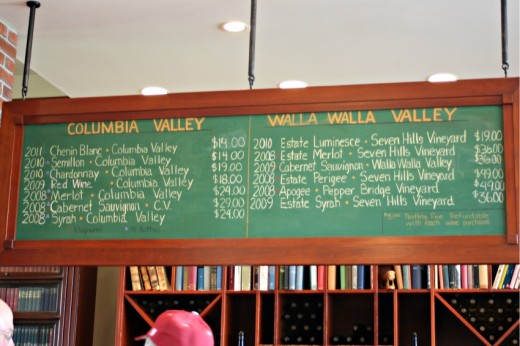
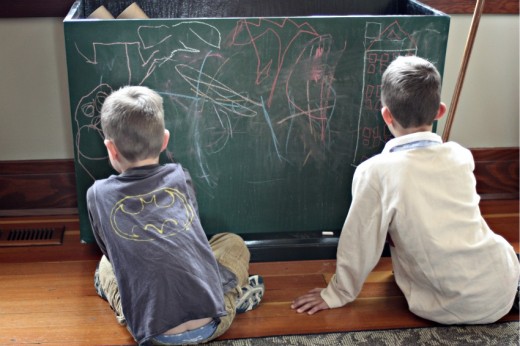

![IMG_0112[1]](http://danatreat.com/wp-content/uploads/2012/05/IMG_01121-520x520.jpg)
![IMG_0117[1]](http://danatreat.com/wp-content/uploads/2012/05/IMG_01171-520x520.jpg)
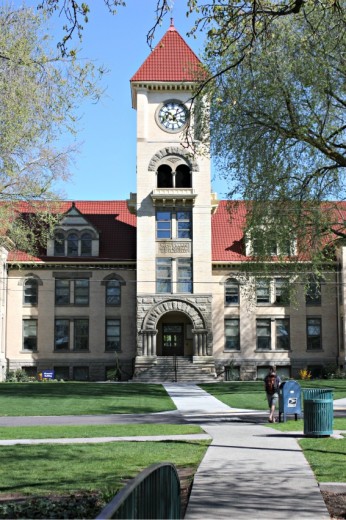

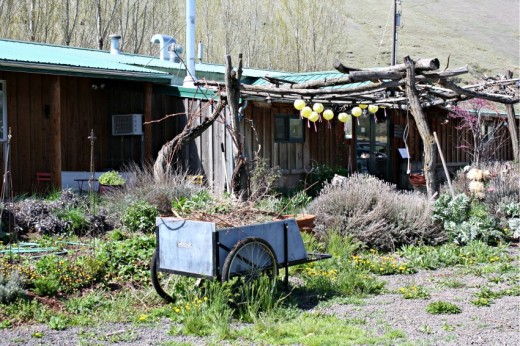

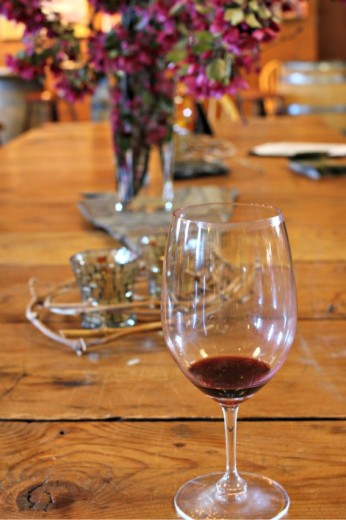

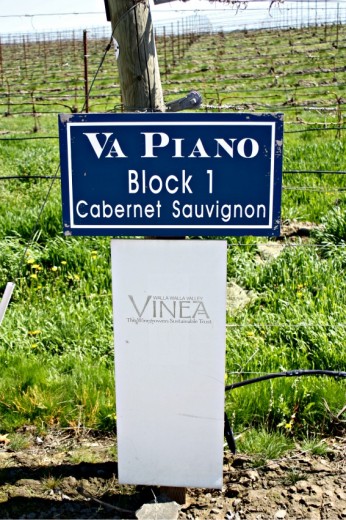
![IMG_0136[1]](http://danatreat.com/wp-content/uploads/2012/05/IMG_01361-520x520.jpg)

 Share
Share
